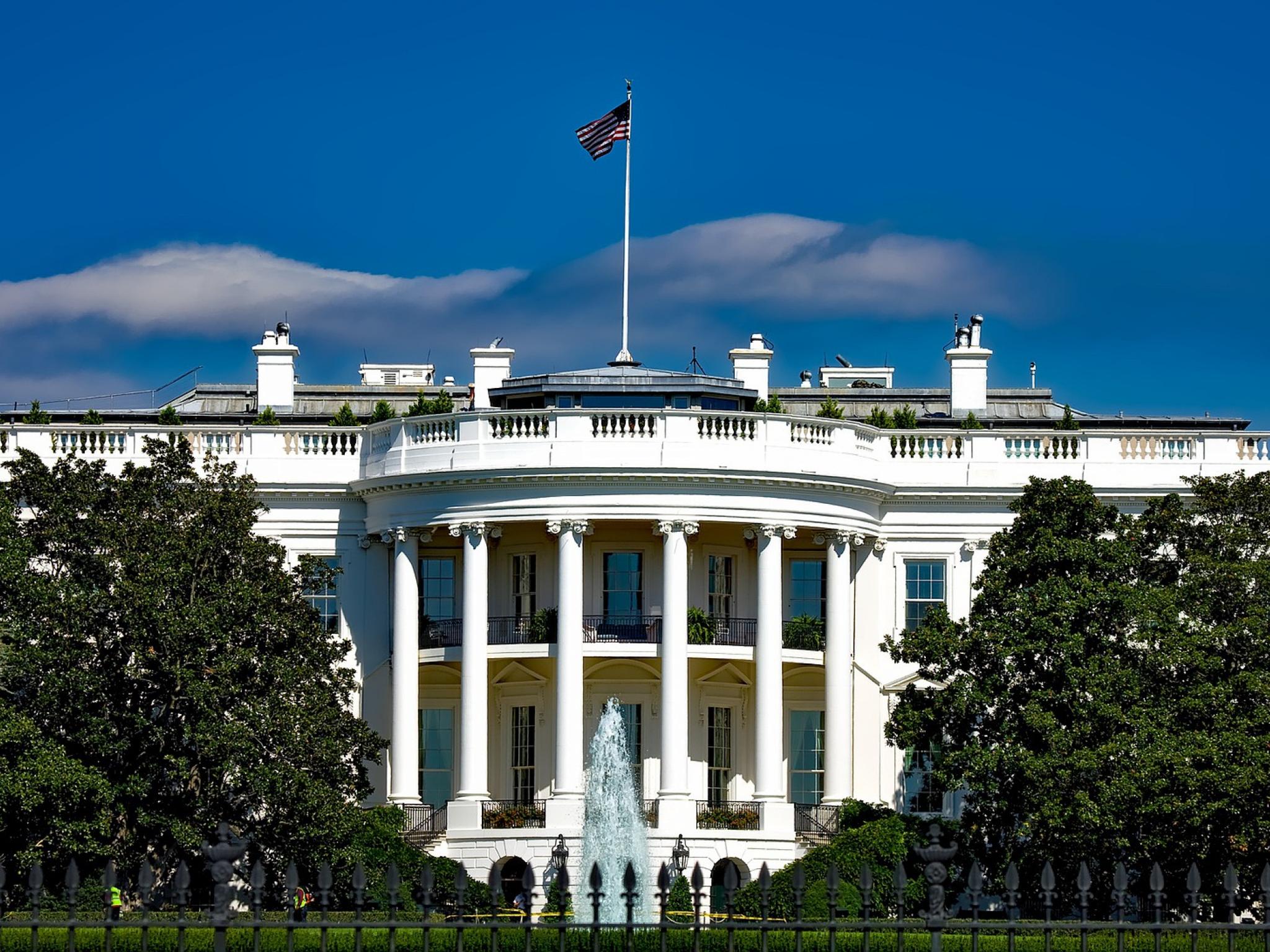
The Biden administration recently unveiled a comprehensive strategy for implementing a central bank digital currency (CBDC) over the next few years.
The goal is to create a digital currency for the U.S., with the idea that doing so will help the U.S. cement its position as the world's financial leader. So far, the Departments of Energy, Commerce, the Treasury, and other organizations, have discussed the framework, which outlines the regulation of digital assets, including cryptos.
Recall how in March, the White House released Executive Order 14067, "Ensuring Responsible Development of Digital Assets." Apparently, the government is responding to the recent phenomenal expansion of digital currencies.
'Families And Businesses Can Go Bankrupt'
Not everyone is on board with CBDCs. According to Yoda Regev, CEO of Qonetum Finance, SmartSwap.Exchange and CBDSC, any CBDC built on the current fiat-pegged stablecoin concept is exposed to unexpected volatility for different reasons, black swan events, and high risks of hacking.
Regev says the crypto industry is a small market compared to the $3 trillion global financial market and in cryptocurrency’s decade in existence, it has suffered from the loss of billions due to hacking and black swan events.
“In reality, a typical reason is holders were not careful enough to understand fraud, hide their private key, or recovery phrase. Such human vulnerability may cause many families and businesses to go bankrupt when CBDCs become commonplace,” he says.
Late To The Game
Terming the digital asset framework as “insufficient,” Martin Hiesboeck, Head of Research at Uphold, says the U.S. is late to the CBDC game, with most advanced economies having already run trials.
"From a European and global perspective, it is a welcome first step in the right direction. It promises less infighting between agencies (CFTC wins, people in the know let on), a common nomenclature (‘digital assets’ not ‘cryptocurrencies’), and a comprehensive, modern approach to regulation," Hiesboeck says.
A Threat To Dollar Value?
There's another potential downside: how to ensure a CBDC would preserve monetary and financial stability as well as complement existing means of payment, Ali Merchant, an engineer at Akash blockchain, says.
Other key policy considerations include how to preserve the privacy of citizens and maintain the ability to combat illicit finance, he says.
"A huge potential benefit of a U.S.-issued CBDC could be to preserve the dominant international role of the U.S. dollar. It is important, however, to consider the implications of a potential future state in which many foreign countries and currency unions may have introduced CBDCs," Merchant says. "Some suggest that, if these new CBDCs were more attractive than existing forms of the U.S. dollar, global use of the dollar could decrease—and a U.S. CBDC might help preserve the international role of the dollar."
Georgia Quinn, General Counsel of Anchorage Digital says CBDC development is a red herring and what the industry really needs instead is clear, consistent stablecoin regulation to bolster and upgrade the US dollar for the digital age.
“At the end of the day, we need more—not fewer—federally regulated crypto institutions to create a safe, secure crypto economy,” she says.
CBDCs Should Complement Broader Ecosystem
Experts further point out that The White House Fact Sheet sets a clear tone of ambition from the Biden administration to become a global leader in digital assets. If every recommendation is addressed, there will be a flurry of activity from U.S. agencies in the coming months.
"The most interesting shift is probably in the stance on a US CBDC, where these recommendations add considerable momentum to the Federal Reserve’s work. That in itself is no bad thing for the crypto industry - most countries see CBDCs as a critical part of a diverse and healthy digital asset ecosystem and a catalyst for further innovation, rather than an instrument to replace existing digital assets," Varun Paul, Director for Central Bank Digital Currencies and Financial Market Infrastructures at Fireblocks says.
After all, CBDCs should help underpin the value of other digital assets and provide a considerable degree of credibility, and they can be designed in such a way that complements rather than conflicts with the broader ecosystem, he adds.
Are you ready for the next crypto bull run? Be prepared before it happens! Hear from industry thought leaders like Kevin O’Leary and Anthony Scaramucci at the 2022 Benzinga Crypto Conference on Dec. 7 in New York City.





!["[T]he First and Fifth Amendments Require ICE to Provide Information About the Whereabouts of a Detained Person"](https://images.inkl.com/s3/publisher/cover/212/reason-cover.png?w=600)

